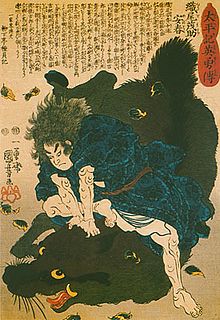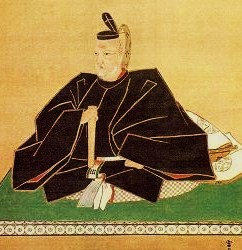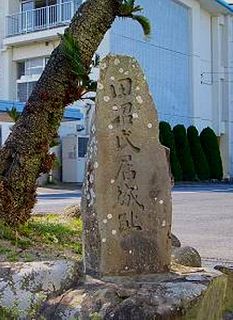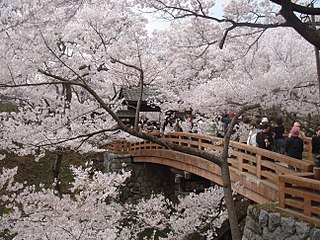| Torii Tadaharu | |
|---|---|
| Lord of Takatō | |
| In office 1636–1663 | |
| Preceded by | Hoshina Masayuki |
| Succeeded by | Torii Tadanori |
| Personal details | |
| Born | 1624 |
| Died | September 2, 1663 Osaka, Japan |
| Nationality | Japanese |
Torii Tadaharu(鳥居 忠春, 1624 – September 2, 1663) was a Japanese daimyō of the early Edo period who ruled the Takatō Domain in Shinano Province (modern-day Nagano Prefecture). Tadaharu was the 3rd son of Torii Tadamasa, the lord of the Yamagata Domain. As his father died before a successor was named from among his sons, the Torii family's holdings were confiscated. However, because of his grandfather Torii Mototada's distinguished service, the family name was restored, and Tadaharu was made lord of the Takatō fief, with an income of 32,000 koku.
The daimyō were powerful Japanese feudal lords who, until their decline in the early Meiji period, ruled most of Japan from their vast, hereditary land holdings. In the term, dai (大) means "large", and myō stands for myōden(名田), meaning private land.
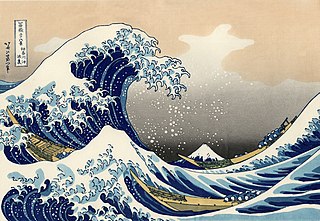
The Edo period or Tokugawa period (徳川時代) is the period between 1603 and 1868 in the history of Japan, when Japanese society was under the rule of the Tokugawa shogunate and the country's 300 regional daimyō. The period was characterized by economic growth, strict social order, isolationist foreign policies, a stable population, "no more wars", and popular enjoyment of arts and culture. The shogunate was officially established in Edo on March 24, 1603, by Tokugawa Ieyasu. The period came to an end with the Meiji Restoration on May 3, 1868, after the fall of Edo.

Takatō Domain was a feudal domain under the Tokugawa shogunate of Edo-period Japan. It is located in Shinano Province, Honshū. The domain was centered at Takatō Castle, located in what is now part of the city of Ina in Nagano Prefecture.
Tadaharu was first famed for his wise rulership of Takatō; however, his rule soon became oppressive, especially after he killed seven of his senior retainers who admonished him. Many of the peasants from Takatō fled to Tokugawa-controlled tenryō territory in 1654. In 1663, while serving at Osaka Castle, Tadaharu was murdered by his doctor Matsui Jukaku.

Osaka Castle is a Japanese castle in Chūō-ku, Osaka, Japan. The castle is one of Japan's most famous landmarks and it played a major role in the unification of Japan during the sixteenth century of the Azuchi-Momoyama period.
The family headship was passed to Tadaharu's eldest son Tadanori.
Torii Tadanori was a Japanese daimyō of the early Edo period who ruled the Takatō Domain in Shinano Province. Tadanori was the son of Torii Tadaharu, the previous lord. He succeeded to family headship upon his father's death; however, he continued his father's draconian rule of the Takatō domain. During the shogunate's investigation into a scandal involving Takatō retainer Takasaka Gonbei, Tadanori was ordered confined to his residence in Edo; he died during his confinement. The Takatō domain was confiscated from the Torii family; however, as the Torii family was a famed fudai family dating back to Torii Mototada, Tadanori's heir Tadateru was granted four districts in Noto Province, and made the lord of the Shimomura Domain.



